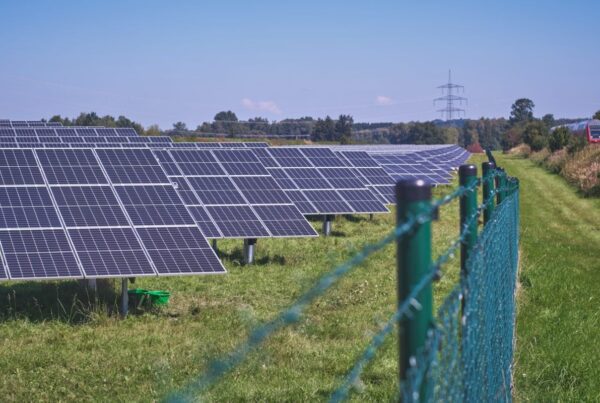
As of June this year, the company owned and operated 1.6GW of utility-scale solar across the US.
The CRIRP builds on the North Carolina Utility Commission’s (NCUC) 2022 Carbon Plan, which outlined the least-cost path for the state to meet its decarbonisation targets. Duke Energy said it plans to uphold the ‘all of the above’ philosophy of the NCUC plan, which calls for a diverse mix of generation sources.
“We’ve already made tremendous progress in the energy transition, retiring two-thirds of our aging coal plants in the Carolinas and reducing emissions by 46% since 2005,” said Duke Energy’s North Carolina president, Kendal Bowman. “Now we’re proposing specific new generation at existing plant sites, leveraging our current infrastructure, transmission system and workforce to save customers money while supporting job creation and tax base in these communities.”
The state is one of the leaders for renewable energy in the US, and a report from last month found that solar is set to overtake coal in the state’s electricity generation makeup.
Duke Energy forecast that the energy use of its customers in North Carolina is projected to grow by 35,000GWh in the next 15 years, and its CRIRP will propose three separate core energy portfolios for the state utilities commission to review and decide between. The portfolios offer plans to meet the NCUC’s interim 70% decarbonisation target by 2030, 2033 and 2035 respectively. Given the projected increase in demand, these new plans are all more ambitious than the original 2020 Carbon Plan was, according to Duke.
“This plan delivers a path to cleaner energy without compromising grid reliability, affordability or the energy demands of a growing region,” Bowman said.
In the longer term, Duke has made plans to invest US$40 billion over the next ten years into zero carbon power generation, eyeing 30GW of renewable energy capacity and a complete phaseout of coal generation by 2035. Another US$75 billion will go towards expanding its transmission and distribution infrastructure.
In June this year, Duke began the sale of its renewable energy generation arm – and all its assets – to Brookfield Renewables for around US$2.8 billion. The move is consistent with the company’s stated aim of shifting away from power generation into renewable energy infrastructure development.






